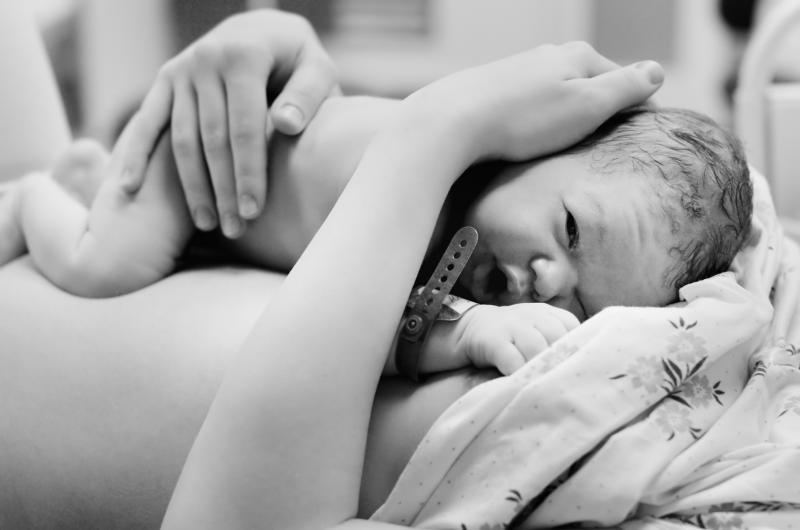No-touch, painless device accurately measures bilirubin in newborns




 Skin-to-skin contact
Skin-to-skin contactA newly developed noninvasive and noncontact bilirubin measurement device has shown reliability in the assessment of total serum bilirubin (TSB) levels in preterm and term neonates regardless of gestational or postnatal age, sex, risk factors, feeding behaviour, or skin colour, reports a study.
Named AJO-Neo, the device boasts of significantly high sensitivity and specificity in the case of neonates with risk factors and provides accurate results to predict the bilirubin levels during phototherapy, which can help clinicians to better monitor the decrease in bilirubin concentration and reduce the frequency of painful blood sampling.
“Only TSB >15 mg/dL was found to be a confounding factor, which could be eliminated by slight modification in the illumination intensity of the probe,” the researchers noted.
This prospective observational study was conducted over 15 months at the government-aided tertiary hospital in Kolkata, India. A total of 2,092 neonates with gestational age of 28–40 weeks were identified. Twenty-nine infants did not meet the eligibility criteria, of whom 20 had cannula on either of the hands and nine had other complications, such as inaccessible thumbnail, uneven nail bed, or other physical problems with the thumb. The safety and efficacy of the AJO-Neo were evaluated in 1,968 neonates with incidences of hyperbilirubinaemia.
A “good correlation” was observed between the AJO-Neo and the conventional method of TSB estimation (Pearson’s coefficient: r, 0.79) in linear regression analysis, while the small bias (0.27 mg/dL) and limits of agreements (–3.44 to 3.99 mg/dL) observed were within the range of clinical acceptance. Moreover, the device showed precision in measuring bilirubin levels in all subgroups. The receiver operator curve also demonstrated high efficacy in the detection of bilirubin in neonates (area under the curve, 0.83). [Sci Rep 2020;10:11149]
During phototherapy, the device showed good agreement with TSB while monitoring the bilirubin level. Notably, specificity and sensitivity of the AJO-Neo appeared to be higher in neonates with associated risk factors for hyperbilirubinaemia.
“Successful evaluation in babies with risk factors associated with severe neonatal hyperbilirubinaemia could open a new era in noninvasive bilirubin detection,” the researchers said
Several studies in the past reported inaccuracy of commercially available bilirubinometers in the clinical setting of phototherapy. [Pediatrics 2004;113:1628-1635; Pediatrics 2014;134:e1324-e1329; J Perinatol 2016;36:858-861; Fetal Neonatal Med 2018;31:1323-1326; PLoS ONE 2019;14:1-13; J Matern Fetal Neonatal Med 2015;28:1329-1331]
The underestimation of TSB levels in neonates under phototherapy could result in severe error in clinical decision making and, eventually, in critical illness due to undertreatment, the researchers said, adding that this phenomenon was driven by the decrease of skin bilirubin levels by phototherapy (skin bleaching). [PLoS ONE 2019;14:1-13; Acta Paediatr 2003;92:577-581; Acta Paediatr 2003;92:327-331; Neonatology 1989;56:263-269]
Overall, our results suggest that screening with the current version of AJO-Neo might be most effective at conditions when most TSB levels are expected to be < 20 mg/dL, and the device can overcome the other limitations of the conventional transcutaneous bilirubinometers.